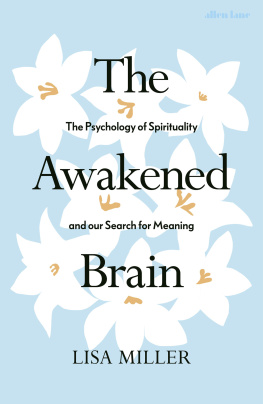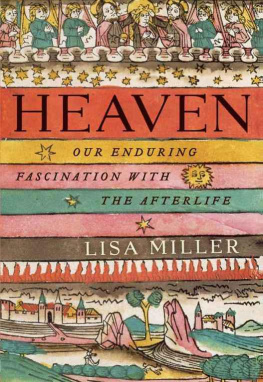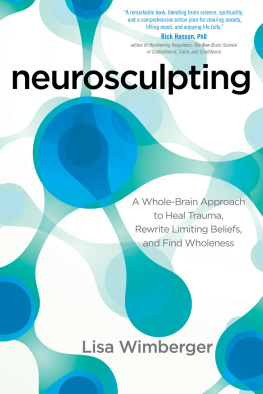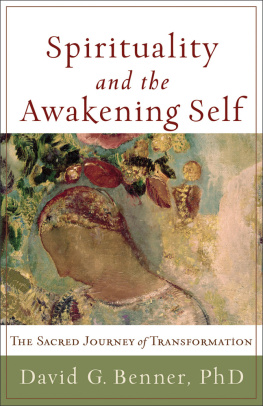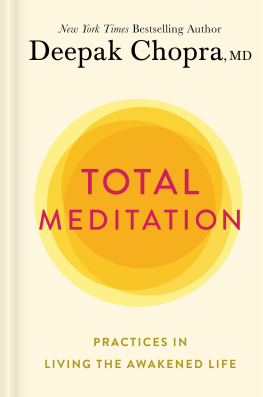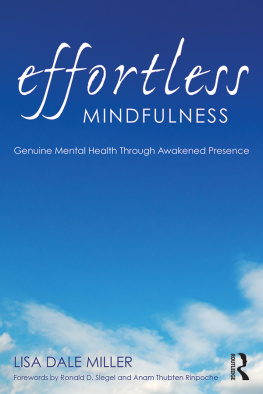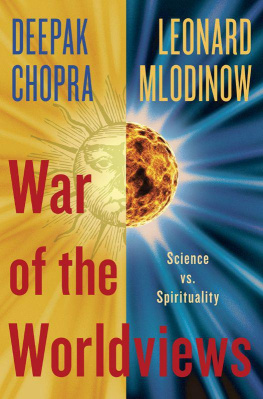This book is intended to provide helpful information on the subjects discussed. It is not meant to be used to diagnose or treat any specific medical condition. Please be certain to consult with your own healthcare provider before making any decisions that affect your health.
Names and identifying details of some of the people portrayed in this book have been changed.
ANYTHING TRUE CAN BE SHOWN
It was the summer of 2012. I hurried down the narrow, fluorescent-lit hallway of the psychiatry lab at Columbia University Medical School, coffee balanced in one hand, mind racing. Today our MRI (magnetic resonance imaging) team would finally get our eyes on the results of months and months of research. Ravi, the statistical analyst, caught up to me in the hall, his eyes wide, a stunned expression on his usually composed face. He held a stack of papers in his trembling hands.
I ran the data many times, he said. Its all very surprising.
For close to a year our team had been working long, hard hours to design and implement a cutting-edge study to peer into the brain to learn more about preventing depression. Ravi worked closest to the machines and statistics, steadily punching buttons, collecting data, modeling the findings, running numbers. Today he would show us a first glimpse of the results that would tell us whether or not spirituality plays a role in preventing or protecting against depression. I love every part of sciencethe push and beckon of a question, the challenge and rigor of finding the best way to test what is truebut I especially love this part of science: the first reckoning with the data. This would be our first thrilling view of where the numbers led and we hoped what we saw might help us toward a new possibility for alleviating mental suffering.
We live in an age of unprecedented mental anguish. Depression, anxiety, and substance abuse have reached epidemic proportions globally. In 2017, 66.6 million Americansmore than half of the respondents on the National Survey on Drug Use and Healthreported binge drinking within the past month, and 20 million met the criteria for a substance use disorder. Thirty-one percent of American adults will develop a full-blown anxiety disorder at some point in their lives, and 19 percent in any given year. The World Health Organization reports that 264 million people on the planet are depressed; depression is the third most costly disability worldwide. Each year, 17 million American adults are depressed. Over 16 percent of youth in late adolescence currently face depression, and the impact of depression on suicide accounts for the second leading cause of death in adolescents, rivaled only by death by auto accident.
At Columbia University, where I teach, eight students died by suicide in 20162017. A study of more than 67,000 college students across 108 institutions in the United States published in 2019 found that 20 percent reported that they had engaged in self-harm such as cutting, 24 percent reported suicidal ideation, and 9 percent had attempted suicide.
While the stakes of our mental health crisis are truly life and death, many of us also suffer from less debilitating, though still painful, conditions: burnout and chronic stress; trouble concentrating and connecting; loneliness and isolation; lives that are rich in many ways yet feel somehow narrow, hollow, and cut off. Even when we experience success and satisfaction, we may sense that theres more to happinessthat life could be more joyful, rewarding, and meaningful.
It seems that every person I meet has a parent, child, sibling, partner, or close friend afflicted by depression, anxiety, substance abuse, or chronic stress. And theres not a lot on offer for those of us worried about a loved one, or struggling ourselves. Our mainstay treatments for depressionpsychotherapy and antidepressant medications such as SSRIsprovide some help to people, but for others have disappointing results. Only half of treated patients see a disappearance of symptoms within a year of intervention, while another 20 percent find only a partial reduction of symptoms; and the positive effects that are gained through medication are not enduringwhen we stop taking the drugs, depression or anxiety often returns.
I hoped that todays lab meeting might reveal even an inkling of a sustainable solution to our devastating crisis in wellness and mental health. Ravi followed me into a crowded room and we squeezed into the last two open seats around the long wood laminate table. His fingers drummed the stack of papers.
He usually worked with a detached, skeptical cool. We can run the data from the scanner, hed said, but I seriously doubt well find anything. Myrna, the MRI teams most senior colleague and the one who had secured the funding for this study, had agreed, saying, Id be very surprised if we find any kind of association between spirituality and depression, but we shall see.
Contemporary psychotherapy tended to characterize spirituality and religion as a crutch or defense, a set of comforting beliefs to lean on in hard times. In our field, spirituality was a barely studied, nearly invisible variable. Over the past twenty years of my career, Id seen surprising clinical and epidemiological evidence that spirituality could have a protective benefit for our mental health. But could we discern a concrete physiological function of spirituality in our health and development? Was spirituality thus far invisible in the brain because it was insignificant to mental health or impossible to measureor was it invisible because no one had yet looked?
Myrna cleared her throat and started the meeting.
Lets take a few moments to review the initial MRI findings, she said. I believe Ravis compiled a handout with the new results.


